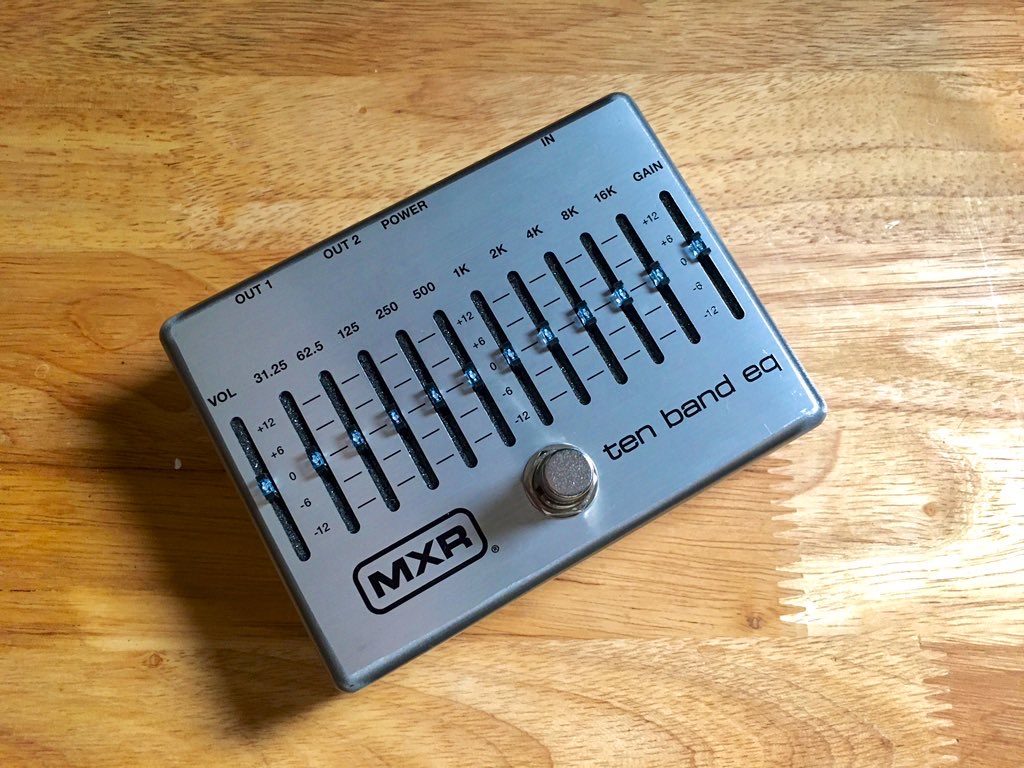So far this week, we’ve looked at how the Marshall Origin compares to other Marshall-style amps, and we’ve looked at giving it a helping hand with affordable drive pedals from Boss and TC Electronic.
Today, we’re going to try and give it a helping hand using the oldest trick in the book: boost pedals.
Boost pedals work by overloading the amp’s input, so that the amp’s circuit starts to clip. The result is a natural-sounding overdrive that can sound saturated, with good sustain thanks to the compression that happens.
They’re a great choice if you already like the sound of your amp’s overdrive.
MXR Micro Amp
First up is the Micro Amp from MXR:

It’s marketed as a volume boost for quieter guitars, or for adding back lost volume at the end of a long cable run. But with +26db of volume boost on tap, it’s perfect for slamming the front end of an amp too.
Compared to the reference track, there isn’t much difference between the Origin’s own overdrive and what you get when you use the MXR Micro Amp. That’s exactly how clean boosts work.
Maybe the extra boost from the MXR Micro Amp is producing a slightly fatter, slightly more compressed tone. That could just be wishful thinking.
How will we fair with a different boost pedal?
TC Electronic Spark
The Spark is a modern boost pedal, made popular by its frequent use on Chappers and The Captain when it first launched.

One of the reasons why the Spark is such a popular pedal is that it isn’t just a clean boost. It’s got 2-band active EQ, a 3-way voice switch to shape the gain – oh yes, and it can provide gain too.
That provides more control over what the boosted amp sounds like. Being able to fatten up the mids and add a bit more saturation really helps with the Origin:
Again, compare it to the reference track to hear what this pedal brings to the party. To my ears, there’s a bit more drive and a fuller sound. It sounds fatter, and I think it’s an improvement over how the Origin sounds without any pedals.
Boosts = More Origin
If you don’t like how the Origin sounds, a boost pedal isn’t going to change your mind. A boost pedal is just more of what Origin already does. Yes, with the Spark we can shape it a little bit – the fatter mids are most welcome. But these pedals can’t do anything about Origin’s relatively soft clipping. They can’t turn it into a Plexi monster.
The other issue that they don’t really work at home volumes – not with Origin. It’s got such huge input headroom (the amount of signal it will accept before clipping) that I had to crank the amp anyway to get these tones with the boost pedals. You need both preamp and power amp to be providing the overdrive together to get this amp rocking.
For home volume levels, you’ll get more joy out of a traditional drive pedal like the ones I’ve already covered.
What do you think? Comments below!



